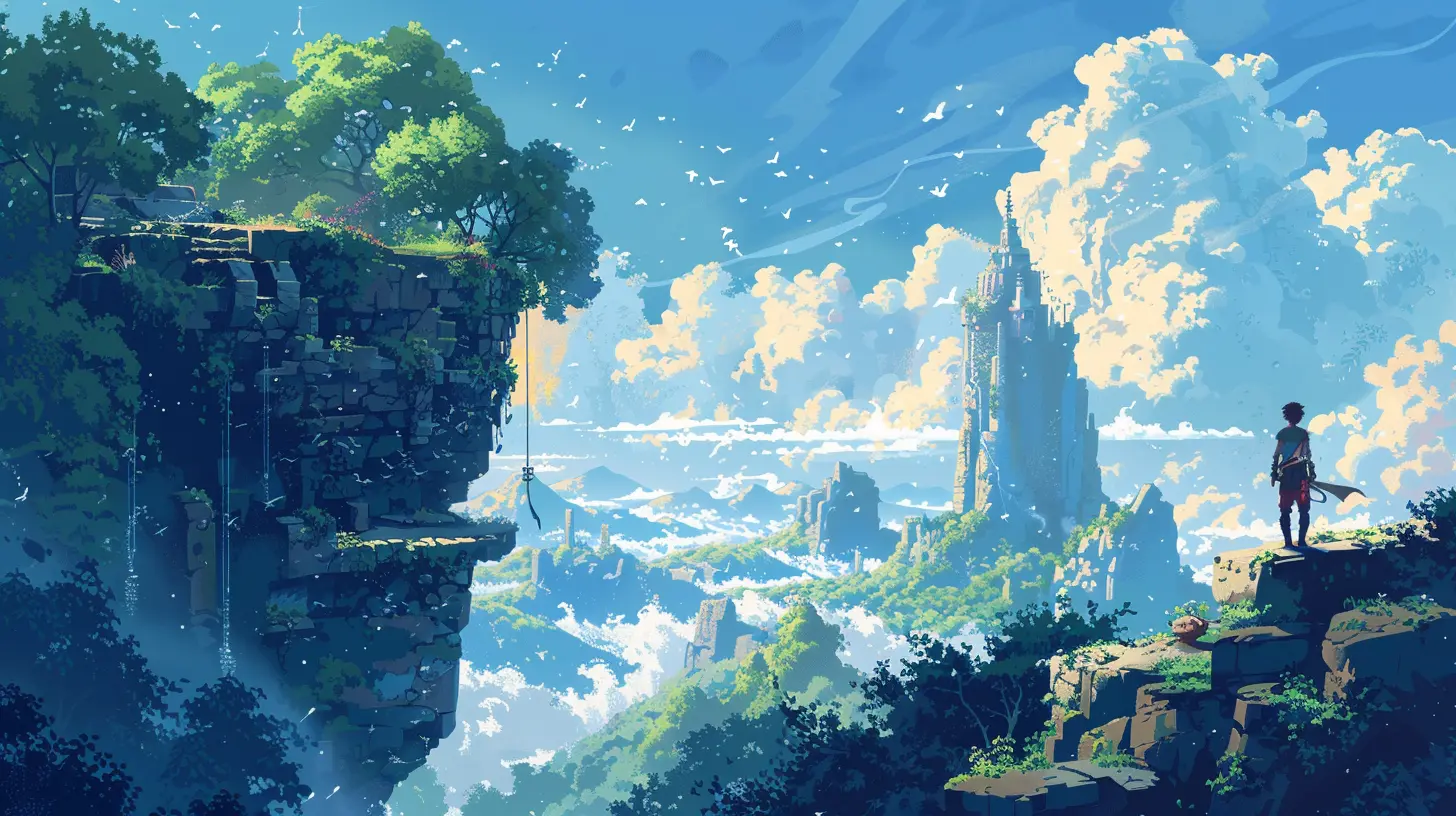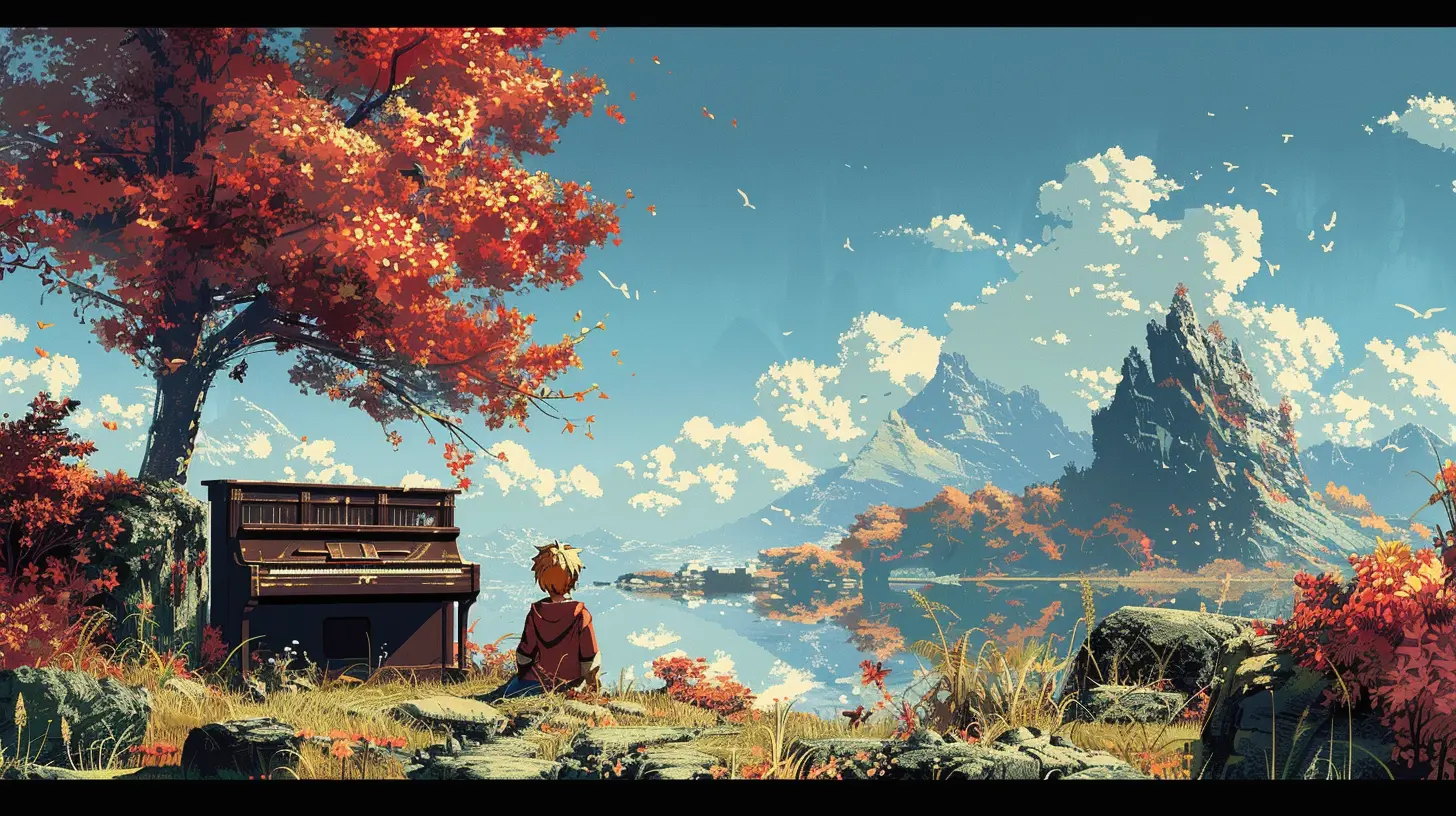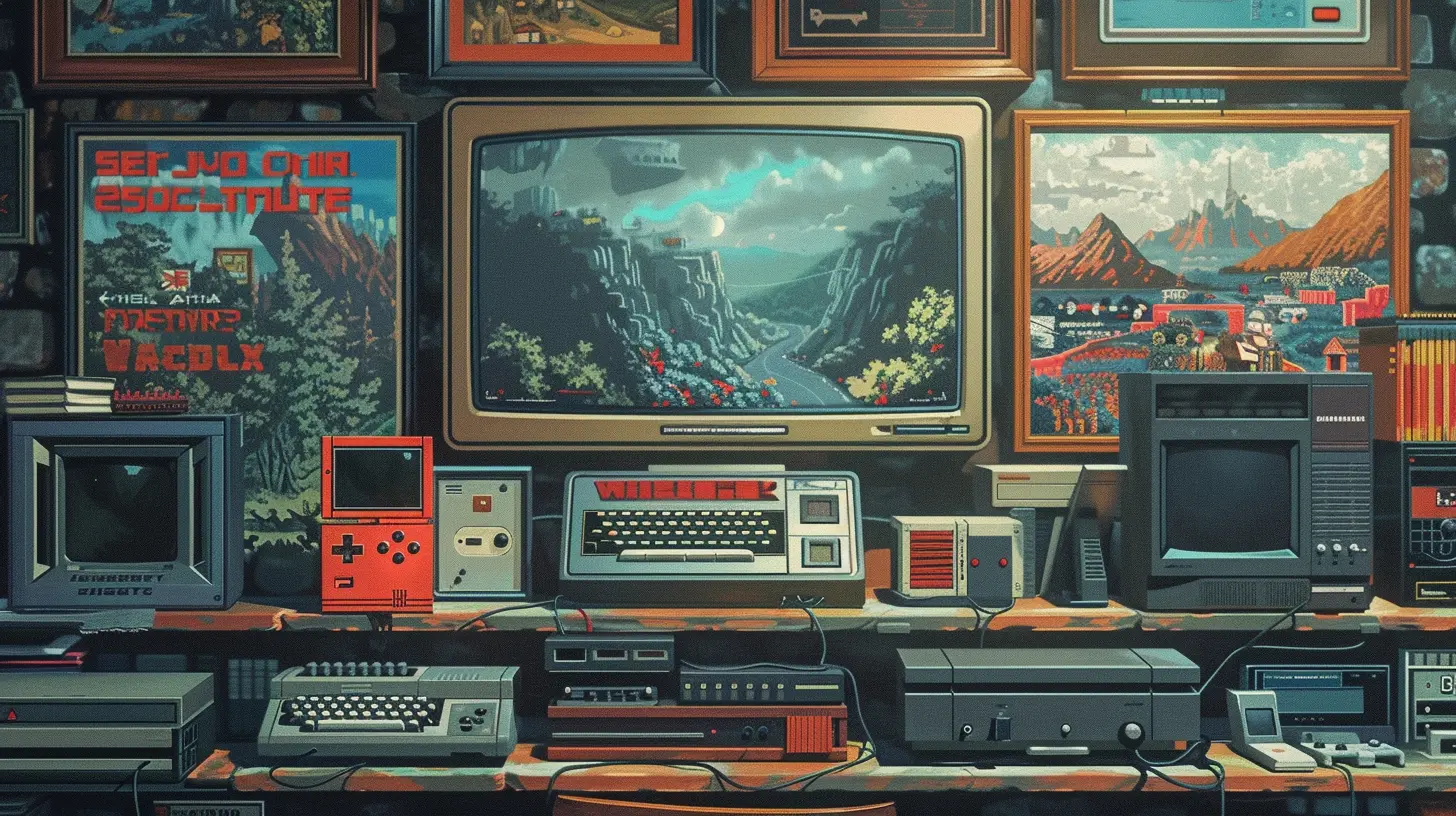The Evolution of Game Soundtracks From 8-Bit to Orchestras
26 November 2025
Video games have come a long way. These days, they offer immersive worlds, jaw-dropping graphics, and complex storylines that rival movies. But let’s not forget a key ingredient in this mix—the music. Game soundtracks, man, they’ve been on a journey. What started as simple beeps and boops has evolved into sweeping symphonies that send chills down your spine. So, how did we get from the "bleep-bloop" of the early days to full-blown orchestral masterpieces? Let’s hit the rewind button and dive into the evolution of game soundtracks. 
The Humble Beginnings: 8-Bit Era
Ah, the good ol’ days of the 8-bit era. You know—the time when everything about gaming was pixelated, including the music. Back in the late '70s and early '80s, game developers didn’t have the luxury of high-quality sound systems. They had to work with what they had—basic sound chips.Take games like Pong or Pac-Man. Their soundtracks weren’t much more than a series of bleeps and bloops, but they served a purpose. These simple sounds added immediate feedback to your actions. Caught a ghost in Pac-Man? Cue the cheerful sound effect. It wasn’t exactly the stuff of Grammys, but it worked.
Then came the Nintendo Entertainment System (NES) and Sega Genesis. Developers got a little more wiggle room with sound design, thanks to slightly better hardware. Games like Super Mario Bros. and The Legend of Zelda delivered iconic chiptunes that stick in our heads even today. I mean, who hasn’t hummed the Super Mario theme at least once in their life? (If you haven’t, are you even human?)
These tracks were catchy, repetitive, and designed to loop seamlessly—kind of like a musical earworm. The genius behind these early soundtracks wasn’t just in their simplicity but in how they squeezed so much personality out of so little. 
16-Bit Sounds: Complexity Steps Up
By the time the 16-bit consoles like the SNES rolled in, things got a bit more interesting. Music wasn’t just background noise anymore; it started to set the tone for the entire game.Take Chrono Trigger, for example. That game had a soundtrack that could make you feel like you were on a grand adventure. The soundtracks got more layered, with richer compositions and instruments that (kind of) resembled actual music. Developers like Nobuo Uematsu (Final Fantasy) and Koji Kondo (Zelda) became Gods of gaming music in this era.
Let’s be real—16-bit music still wasn’t “real” music, but it was close enough that it could tug at your emotions. Whether you were battling monsters or solving puzzles, the tunes made everything more epic. 
The CD Revolution: Audio Levels Up
Remember the PlayStation 1? That was a game-changer—not just in how games looked, but in how they sounded. Thanks to CDs, developers weren’t limited to basic sound chips anymore. Suddenly, they could include actual recorded music in their games.And boy, did they take advantage of it. Final Fantasy VII knocked everyone’s socks off with its dramatic music. (Raise your hand if you still get goosebumps hearing “One-Winged Angel.”) Meanwhile, games like Tony Hawk’s Pro Skater introduced us to epic licensed soundtracks with real bands. Who else discovered their love for punk rock while virtually kickflipping in-game?
At this point, game soundtracks weren’t just background noise anymore—they became a selling point. A killer soundtrack could make or break a game. 
The Orchestral Era: Games Get Cinematic
Then came the 2000s, and everything went next level. With the rise of larger budgets and better hardware, game developers started thinking bigger—much bigger. Why settle for digital instruments when you could hire an actual orchestra?This was the era when gaming music started to rival Hollywood scores. Think of The Elder Scrolls V: Skyrim. That opening theme, “Dragonborn,” feels like it was ripped straight out of an epic fantasy movie. Or Halo, with its haunting Gregorian-chant vibe. These tracks didn’t just set the mood—they became iconic.
What’s cool is that this wasn’t just a trend limited to a few big-budget games. Even indie developers jumped on the bandwagon, creating music that felt larger than life. Journey’s soundtrack, for instance, is so beautiful it won a Grammy nomination. Who would’ve thought video game music would one day get love at the Grammys?
Adaptive Music: The Soundtrack Reacts To You
But wait, there’s more. It’s not just that music in games got better—it also got smarter. In modern games, the soundtrack doesn’t just sit in the background anymore. It reacts to what you’re doing.Take The Legend of Zelda: Breath of the Wild. The music subtly shifts depending on where you are and what you’re doing. Running through a peaceful meadow? You’ll hear soft piano melodies. Spot an enemy? The tempo picks up with dramatic flair.
This is called “adaptive music,” and it’s becoming more and more common. It’s like the game has its own DJ, remixing the track in real time. How cool is that?
Licensed Soundtracks: Music Meets Branding
We can’t talk about game soundtracks without mentioning licensed music. Games like GTA and FIFA have massive playlists featuring big-name artists. This trend started back in the PlayStation 1 era but has exploded in recent years.These soundtracks aren’t just about setting the mood; they’re about culture. When you’re cruising down Los Santos in GTA V, blasting Kendrick Lamar or Queen, it adds a layer of realism to the experience. It’s like the game merges with your actual playlist.
And let’s not forget games like Cyberpunk 2077, which recruited bands and artists to create original songs specifically for the in-game universe. It’s not just a soundtrack—it’s a vibe.
The Future of Game Soundtracks
So, where do we go from here? Well, the possibilities are endless. With AI becoming a bigger part of gaming, we could see even more dynamic and personalized soundtracks. Imagine a game where the music changes not just based on your actions but also your emotions.VR gaming could also push soundtracks in exciting new ways. In virtual reality, music isn’t just heard—it’s felt. Combined with 3D audio technology, it could make you feel like you’re right there in the middle of an epic symphony.
And who knows? Maybe one day, games will let us compose our own soundtracks on the fly. The future is unpredictable, but one thing’s for sure: game music will continue to blow our minds.
Why Game Soundtracks Matter
Here’s the thing: game soundtracks aren’t just about entertainment—they’re about connection. Great music has the power to evoke emotion, spark nostalgia, and make moments unforgettable. When you hear that one track from a game you played 10 years ago, it’s like stepping into a time machine.From 8-bit chiptunes to full-blown orchestras, game soundtracks have grown up alongside the industry. They’re not just background noise—they’re an art form. So, next time you’re playing a game, take a moment to appreciate the soundtrack. After all, it’s the unsung hero making every boss fight and cutscene feel unforgettable.
all images in this post were generated using AI tools
Category:
Original SoundtracksAuthor:

Lucy Ross

